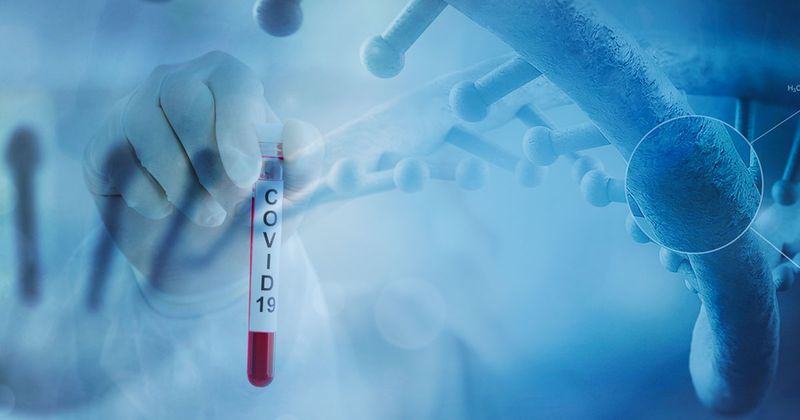Focus on cytokine storm syndrome may be silver lining in COVID-19
Increased attention on fatalities from cytokine storm syndrome in the COVID-19 setting have drawn attention to these immune events, which may ultimately benefit both patients with the virus and those with certain rheumatic diseases, according to a presenter at the 2020 Congress of Clinical Rheumatology-East.
“People are afraid to treat cytokine storms, and rightly so,” Randy Q. Cron, MD, PhD, of the Children’s Hospital of Alabama and the University of Alabama at Birmingham, said in his presentation, noting that the events can occur unexpectedly and are often fatal.

Rheumatologists may be familiar with cytokine storm syndromes because they can occur in a number of rheumatic and immune-mediated diseases, particularly in children with systemic juvenile idiopathic arthritis (SJIA).
The storm often comes in the form of macrophage activation syndrome (MAS) or secondary hemophagocytic lymphohistiocytosis (HLH). But there are other potential etiologies, ranging from malignancy and dysregulated metabolism to herpes and hemorrhagic fever viruses, according to Cron.

The concern for so many clinicians confronted with a cytokine storm is that “it is the immune response, rather than the virus or infection, that is killing the host,” Cron said. “There is prolonged engagement and cross-talk” in the immune system that can lead to multi-organ system failure.
Despite these challenges, Cron sees a silver lining in COVID-19. “One of the things that has come from this horrific pandemic is that we are starting to get more attention to cytokine storms,” he said.
The attention is yielding results. Researchers have gained further understanding of the genetic factors at play. The protein RAB27A has been implicated, as has the UNC13D variant. “If you express less of this variant, it may be associated with MAS,” Cron said.
The protein STXBP2, which is involved in fusion of cytolytic granules, may be a genetic predictor of mortality when a cytokine storm arises, according to Cron. In addition, the DOCK8 gene has been reported in association with HLH.
All this information provides background for clinicians on the front lines of the COVID-19 battle. Cron believes that, given their experience with these storms, many rheumatologists can make valuable contributions to the fight.
For example, Cron, like many colleagues in the specialty, heard early reports of fatalities coming out of China, identified the telltale signals — lymphopenia, elevated C-reactive protein (CRP), IL-6 and D-dimers, among others — and immediately recognized it as cytokine storm syndrome.
Many of those patients will have a flu-like illness for a few days, then appear to be on the mend. “Then they hit this inflection point,” Cron said.
It is at this point that therapeutic intervention is necessary. Time is of the essence. “Early on, IL-6 use was reported outside of clinical trials,” Cron said. “It looked to improve survival.”
Cron acknowledged that while the IL-6 approach has performed poorly in clinical trials, those failures may be attributed to patient selection and timing of treatment.
Since then, IL-1 inhibition has become a viable option, according to Cron. “The earlier you start anakinra (Kineret, Sobi), the better,” Cron said. He suggested that the drug has a “huge therapeutic window” that can balance out excess IL-1. “It is pretty straightforward.”
Beyond IL-1, trials are underway investigating the janus kinase (JAK)/signal transducer and activator of transcription (STAT) pathway, along with the interferon (IFN)-gamma-targeted emapalumab (Gamifant, Sobi). “Emapalumab in HLH is a new option for us,” Cron said.
Looking deeper into the armamentarium, previous experience suggested that corticosteroids should be contraindicated in coronaviruses. “Some say they have benefit, some say they don’t,” Cron said. Data are still evolving.
Ultimately, Cron says a combination of antiviral therapy and biologic intervention along the IL-1, IL-6, JAK/STAT or other pathway will be the cocktail to mitigate COVID-19 fatalities most effectively. As those treatment paradigms emerge, rheumatology patients are sure to benefit.
“Cytokine storm syndrome is an umbrella term that includes MAS, HLH, malignancies, cytokine release and a large Venn diagram bubble of infections like flu and Epstein-Barre syndrome,” he said. “Now, we can include SARS-CoV2 and COVID-19.”

